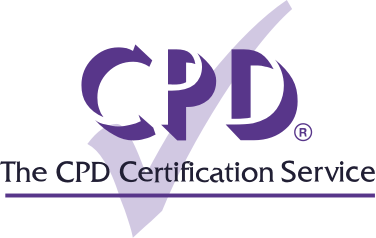Six Sigma is one of the most well-known and widely adopted methodologies for making business processes more effective and efficient. The following CPD article looks to explain the Six Sigma methodology and how learning the principles and achieving Six Sigma certification can benefit individuals in their career.
What is Six Sigma?
Six Sigma is a set of techniques and tools for process improvement developed and introduced by the engineer Bill Smith in 1986 at the telecommunications company Motorola. Six Sigma involved a statistical based and data driven approach to eliminating defects in a product, process or service. The term Six Sigma was derived from the Bell Curve graph historically used in statistics and mathematics in which sigma represents the standard deviation from the centre.
The methodology was originally applied only to manufacturing but in subsequent years became adopted throughout business and across all industry sectors. In more recent years, the methodology is often known as Lean Six Sigma. This combined Lean Management Methodology, a concept established by Japanese automaker Toyota in the 1940s. The purpose of Lean Management was to remove non-value-adding activities and waste from the production process.
The combined term Lean Six Sigma emerged in the 1990s as large US manufacturers attempted to compete with Japan's better made products. The combination strategy was introduced by Michael George and Robert Lawrence Jr. in their 2002 book “Lean Six Sigma: Combining Six Sigma with Lean Speed”. Six Sigma and Lean remain distinct concepts but are now frequently used interchangeably as they complement each other in both seeking to improve process and eliminate waste.
How is Six Sigma used?
Within the overall term Six Sigma are two fundamental methodologies both of which are composed of five sections – The DMAIC method and The DMADV method. The DMAIC method is used primarily for improving existing business processes and the DMADV method is typically used to create new processes and new products or services. The terms break down as follows:
DMAIC
Define - Define the problem and the project goals
Measure - Measure in detail the various aspects of the current process
Analyse - Analyse data to find the root defects in a process
Improve - Improve the process by deciding on solutions to fix issues
Control – Control how the process is done in the future















